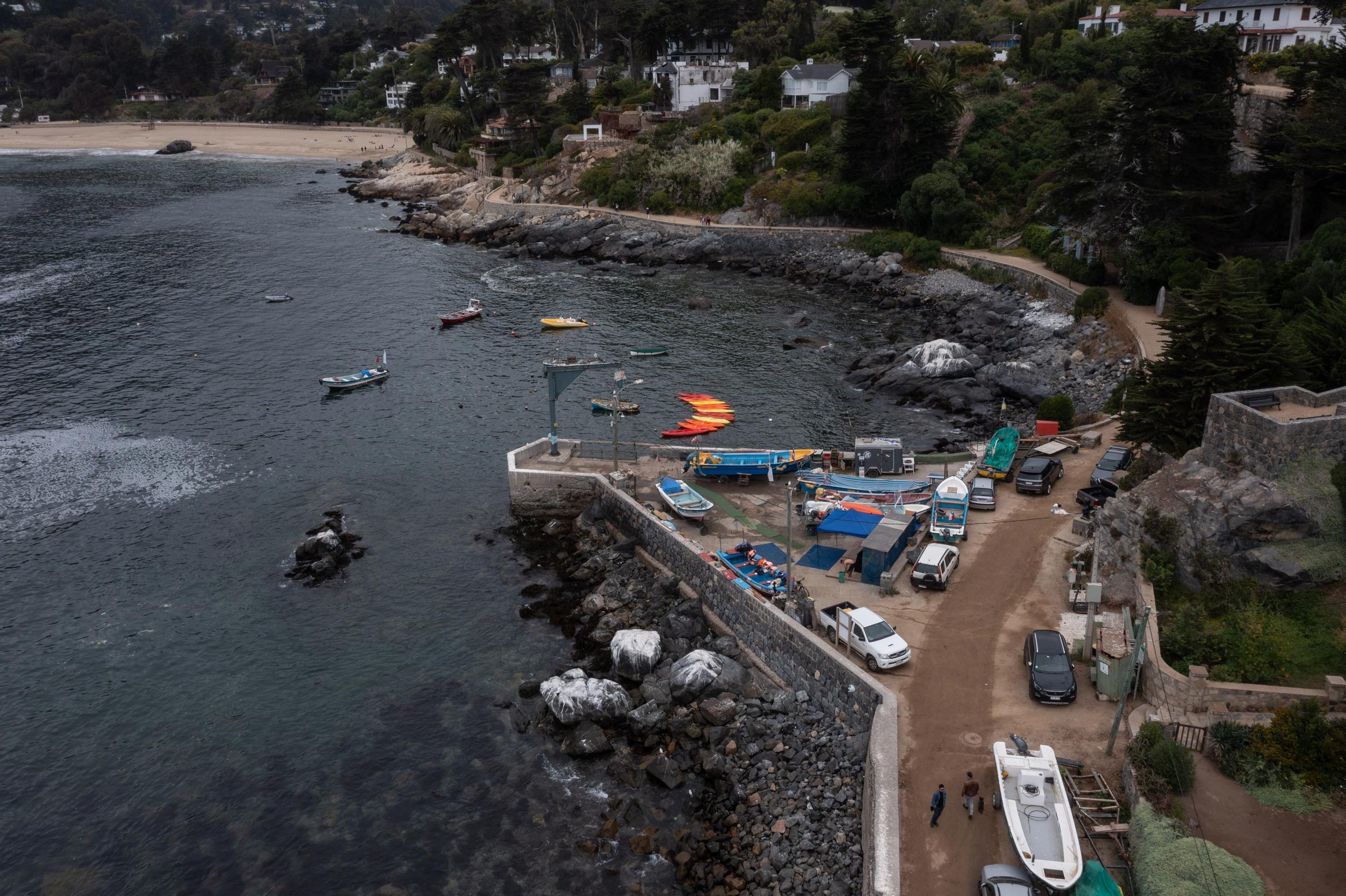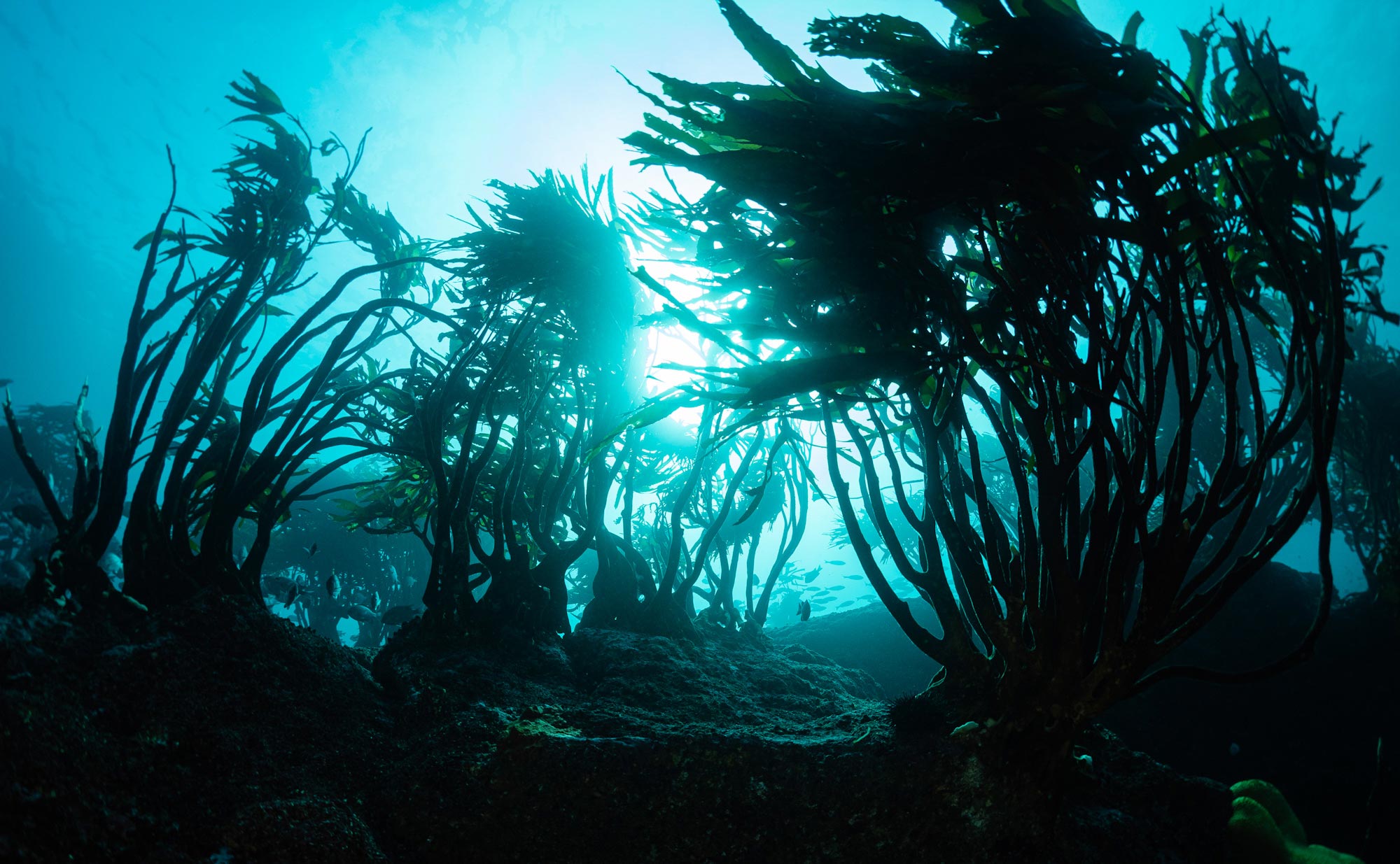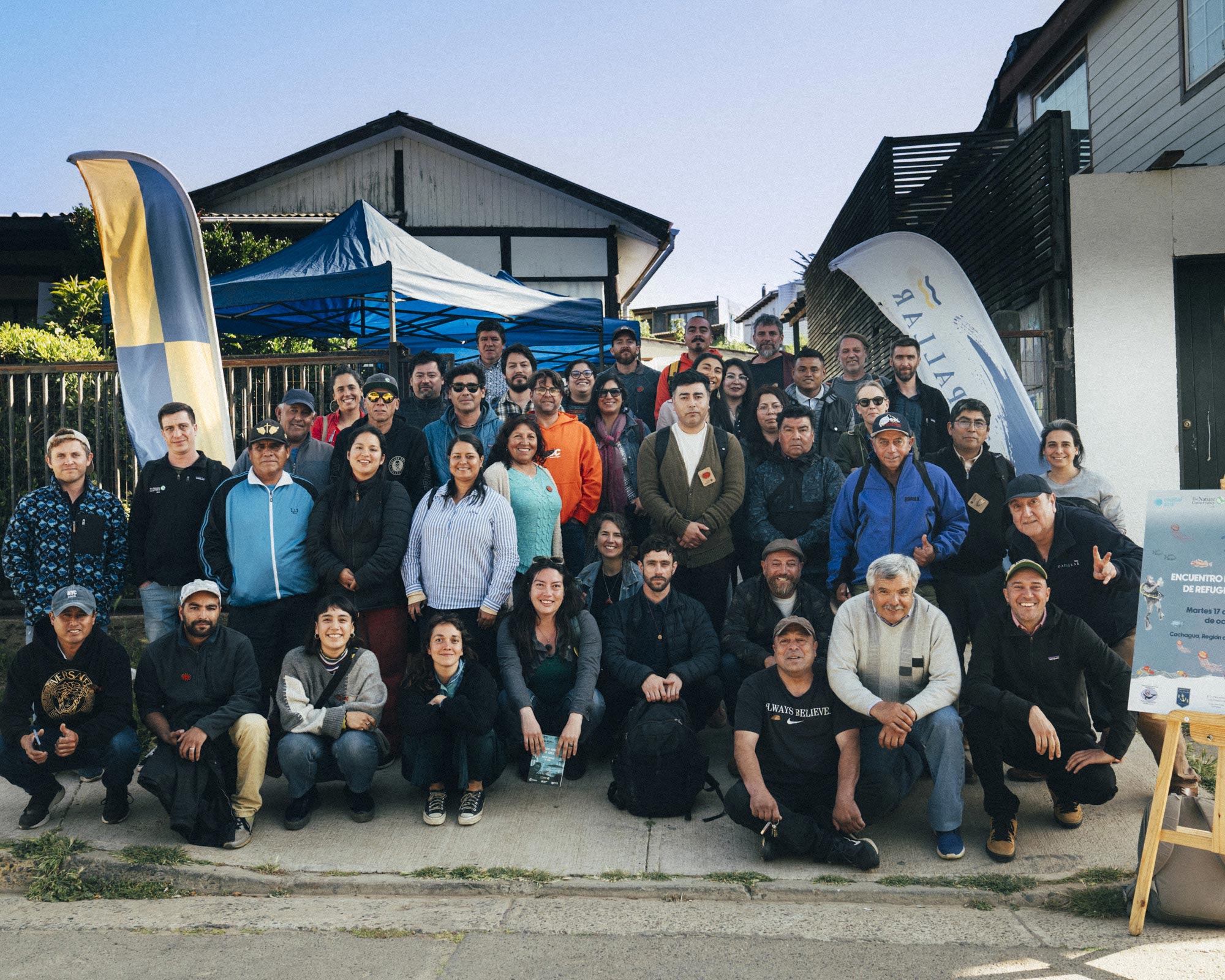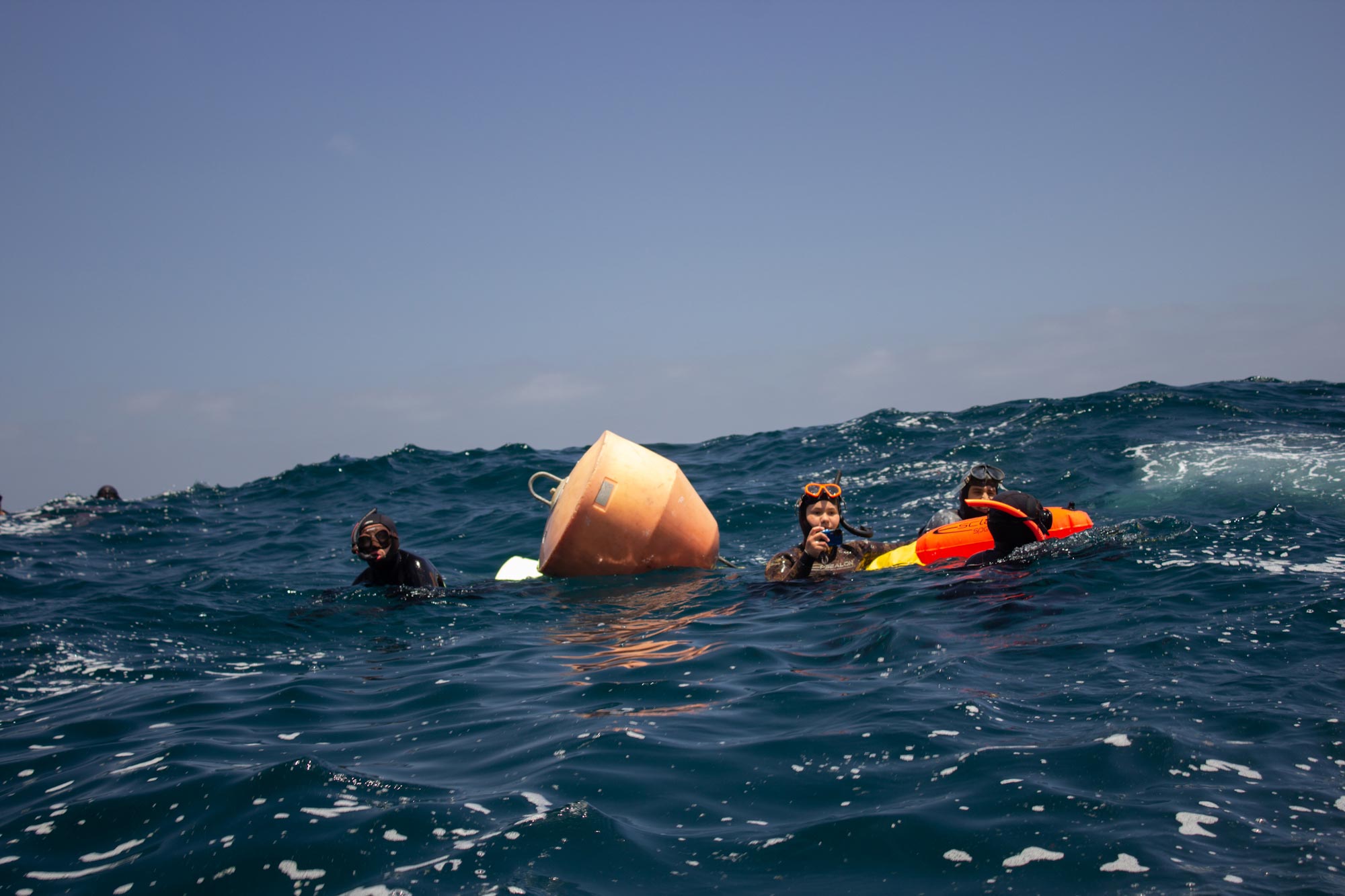Hundreds of children and youngsters visited the Zapallar Cove last May. As part of the “Month of the Sea”, one of the objectives of these field trips was to learn about the history behind the creation of the Zapallar TURF-Reserve and the importance of caring for and conserving its biodiversity.
Inaugurated in December 2021, the Zapallar TURF-Reserve is a sea area of about 15 hectares, from which no type of resource can be extracted. It is located within the Territorial User Rights for Fisheries (TURF or AMERB, as abbreviated in Spanish) collectively managed by the Zapallar Artisanal Fishers Union, who voluntarily signed this agreement in alliance with the Capital Azul Foundation for ecosystem conservation and regeneration purposes.
Since then, more than 2,000 students have come from different locations of the Valparaíso region to visit the Zapallar TURF-Reserve and the cove. Artisanal fishers share stories, wisdom and knowledge of the sea, taking a leading role not only in the sustainability of the ocean, but also in environmental education and community involvement.
As a way to enhance these experiences even further, The Nature Conservancy Chile, Oceanósfera Foundation, Capital Azul Foundation and the Millennium Institute in Coastal Socio-Ecology SECOS joined forces to produce the guide “TURF-Reserves of Chile”, an educational publication that seeks to make visible and generate greater appreciation and knowledge about the species that inhabit both the Zapallar TURF-Reserve and the other four TURF-Reserves that have been established in partnership with various artisanal fishing unions in the region of Valparaíso.
“This guide allows us to support and strengthen the educational program carried out by the fishers themselves. This material is handed out to the students who visit the TURF-Reserves and the coves, and is a way to make known the emblematic species that inhabit these ecosystems in order to generate awareness about how to protect and strengthen the TURF-Reserve over time, generating a sense of belonging in the local communities”, said Rodrigo Sánchez, Executive Director of Capital Azul Foundation.
The publication includes illustrations of 45 species of flora and fauna that inhabit the TURF-Reserves, providing information about the importance of each of them, closures or conservation and management needs, as well as good practices associated with the caring of these marine-coastal spaces and their biodiversity. The guide is, over all, an invitation to explore, discover and learn about marine life, providing the option to log the species sighted on each excursion.
“This new publication, along with the work of people, communities and organizations dedicated to establishing and protecting TURF-Reserves, will be a valuable contribution to the visibility and appreciation of our country’s coastline”, explained Carolina J. Zagal, president of Oceanósfera Foundation, who also stated that “we hope that more people will be motivated to explore, observe and learn about Chile’s marine-coastal ecosystems and that this will contribute to their care and long-term conservation”.
The guide is, over all, an invitation to explore, discover and learn about marine life, providing the option to log the species sighted on each excursion.
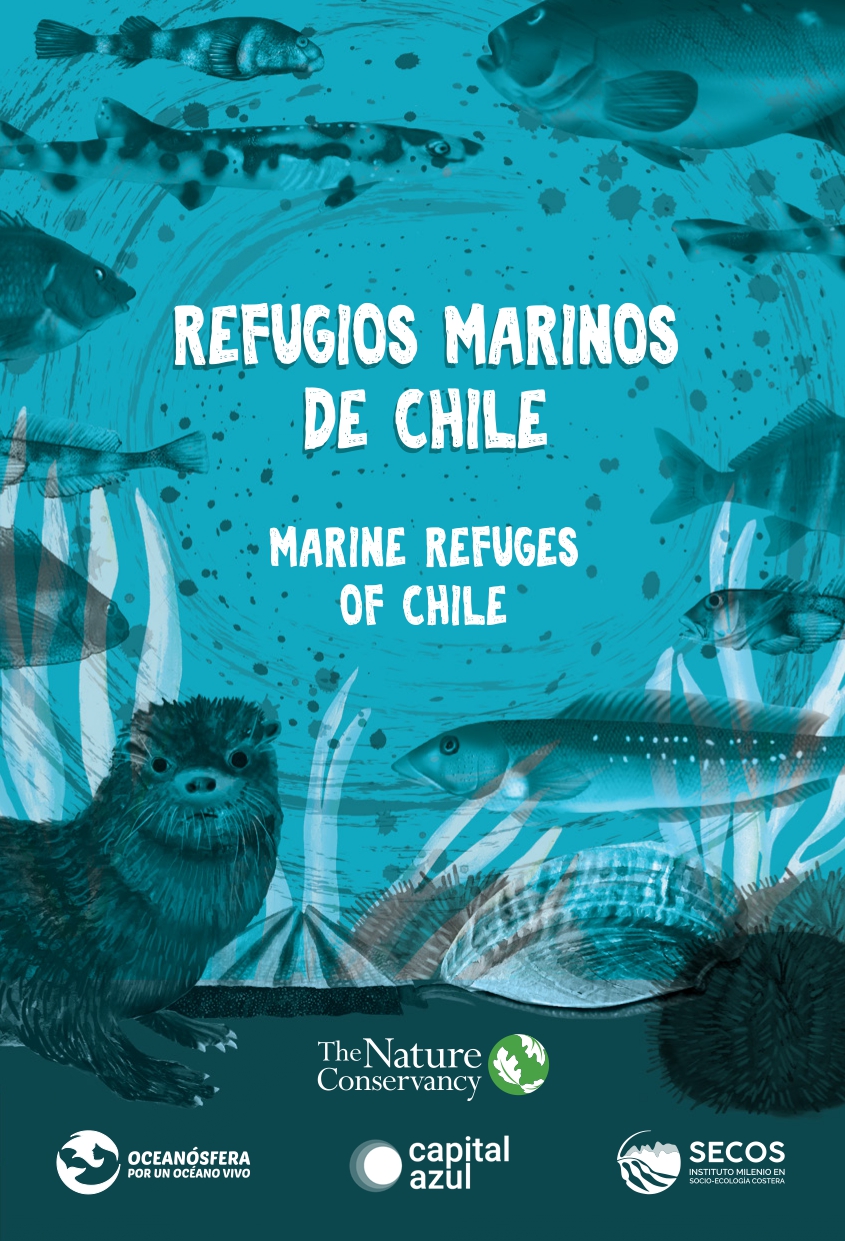
The guide “TURF-Reserves of Chile” is added to other publications that members of artisanal fishers unions usually hand out free of charge to visitors to the TURF-Reserves, such as the booklet “Coastal Fishes of Chile”, a publication produced by The Nature Conservancy Chile and other partner organizations.
“For The Nature Conservancy Chile, the agreement with Capital Azul is extremely important. We share many of the objectives that are being proposed, particularly this idea that local communities lead certain marine conservation strategies, in order to support and strengthen these local governance structures around the Territorial User Rights for Fisheries (TURF or AMERB, as abbreviated in Spanish), as is the case of the TURF-Reserve in the TURF of Zapallar Fishers Union. We receive this material with great appreciation, because it will continue supporting our objectives of generating awareness through community-led work in marine conservation”, said Natalio Godoy, a scientist with The Nature Conservancy Chile’s ocean conservation program.
The printed version of the “TURF-Reserves of Chile” guide will be distributed free of charge to those who participate in the educational and outreach activities carried out in the TURF-Reserves. The digital version can also be downloaded here.


